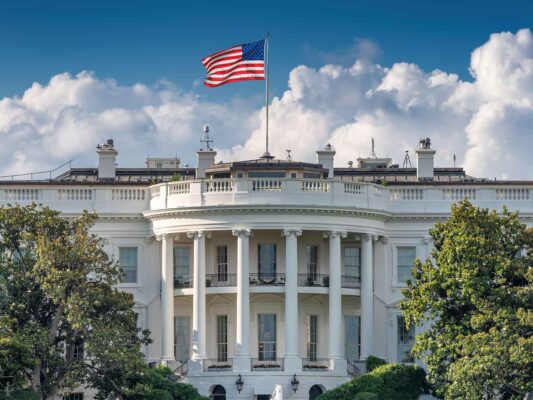
After months of political stalemate, economic pressure and regulatory unpredictability, several important developments have emerged across tariffs, port charges and government operations.
For shippers, the result is a complicated mix of progress and fresh uncertainty, with each change carrying implications for pricing, routing, compliance and lead times.
China Trade Agreement
The most immediate relief comes from the recalibration of tariffs on China-origin goods following a new US–China agreement on 30 October.
Import duties on a wide spectrum of products have been reduced from 10 November, offering manufacturers and importers a welcome reduction in cost pressure and more stability on the trans-Pacific. Freight flows are expected to improve as supply chains rebalance.
This has been matched by a temporary suspension of reciprocal port fees between the US and China, also effective 10 November. The pause applies for a full year and includes car carriers and RoRo vessels, easing operational costs for the automotive, machinery and heavy-equipment sectors.
Taken together, the tariff adjustments and fee suspension mark a clear, if fragile, step toward policy de-escalation.
Food & Agricultural Products
Further relief has arrived for food and agriculture importers. A wide array of products, from fruit and vegetables to meat, beverages and speciality goods has been retroactively exempted from the global minimum tariff introduced earlier this year – from 13 November.
Importers of over 230 product classifications may now reclaim overpaid duties under standard customs refund procedures.
Tariff Legal Challenges
Yet the landscape remains unsettled. A Supreme Court case will determine whether the administration retains the authority to impose sweeping tariffs under emergency powers.
The justices appear divided, and the ruling could redefine the president’s ability to act without congressional approval. Even in the event of a legal setback, other statutory mechanisms remain available to reintroduce duties on targeted imports, extending the policy uncertainty facing global supply chains.
US Government Shutdown
Overlaying all of this is the disruption caused by the recent US government shutdown.
Although operations have resumed, the temporary funding deal expires in early 2026, leaving shippers exposed to the possibility of further delays.
Reduced staffing during the shutdown slowed customs processing, extended dwell times at key ports and interrupted export licensing activities. Manufacturers and forwarders worldwide reported knock-on delays and higher inventory costs.
As tariff policies shift, regulatory authority remains contested, and political uncertainty lingers, importers and exporters must remain vigilant. Reliable clearance processes, real-time regulatory awareness and strong local representation in the US will be critical in sustaining continuity.
Global Forwarding: Clear Guidance Amid US Policy Volatility
Our brokerage and compliance specialists are monitoring these developments closely and supporting customers through each regulatory shift.
If you have questions about tariff changes, port fee suspensions, shutdown preparedness or customs procedures, please contact us.
Our team is here to safeguard your supply chain and keep your cargo moving.





